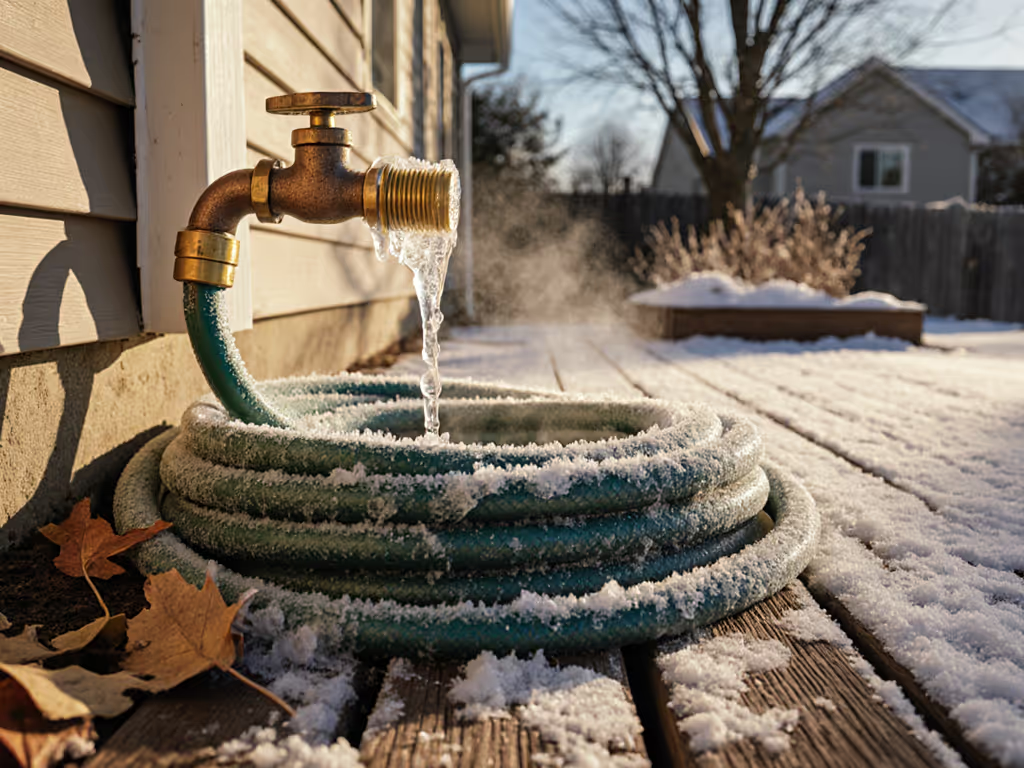
Seasonal Garden Hose Care: When to Prep and Store
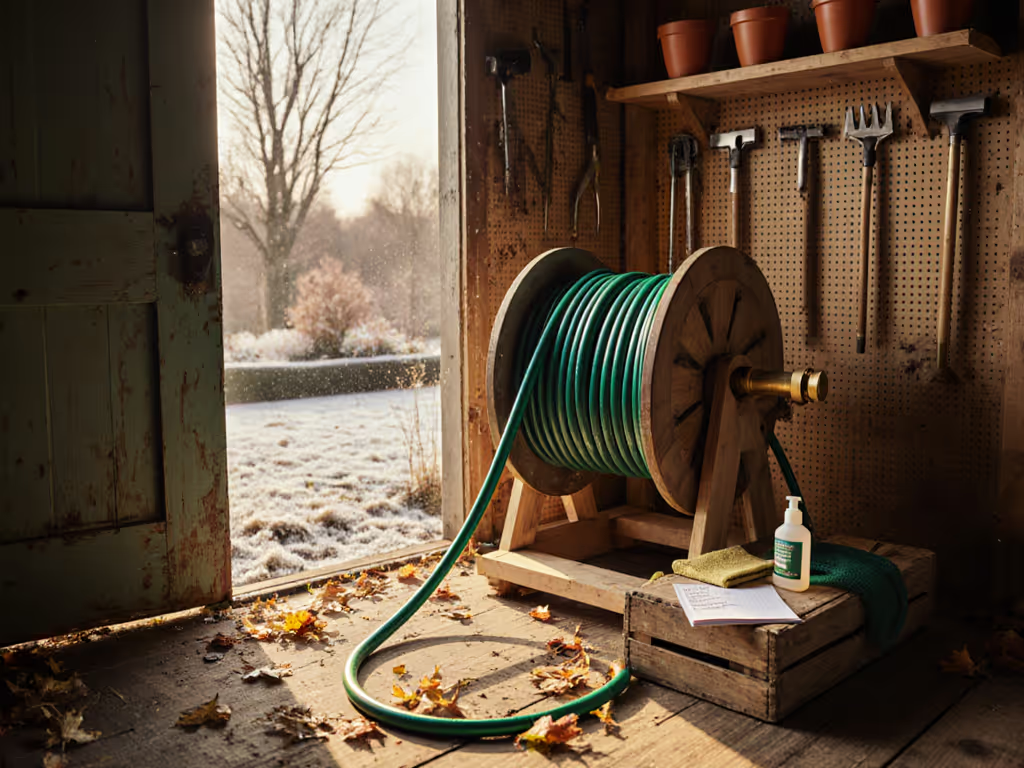
Let's talk about seasonal garden hose care the right way, because nobody wants to waste weekends troubleshooting a cracked hose or frozen connections. Proper outdoor hose storage isn't just about tidiness; it's about making your investment last through freeze-thaw cycles, brutal UV exposure, and the daily wear of garden chores. As someone who transformed customer support calls into a system that prevents returns, I've learned that seasonal care starts with understanding your specific climate and equipment compatibility. I used to waste Saturdays returning mismatched fittings until I mapped every thread diameter from spigot to nozzle (now I install in one pass with no tape panic). Let's build your seasonal roadmap with warm, practical clarity.
1. Spring Hose Preparation: Wake Up Your System Right
Spring isn't just about planting; it's about bringing your hose system back online without surprises. Don't just hook up and hope. Start with the spigot, end with a click-fit finish.
First, inspect all connections for winter damage. Check for cracks in the hose, brittleness in the rubber, and corrosion signs on brass fittings. If your connections feel stiff or leak, it's usually washer failure, not a hose defect. Keep a compatibility chart handy: American 3/4-inch Garden Hose Thread (GHT) differs from British Standard Pipe (BSP), and mismatched threads cause 70% of spring leaks according to industry field data.
Next, flush the system before connecting to nozzles or sprinklers. Residual winter water often contains sediment that clogs fine spray patterns. Let cold water run for 30 seconds with a wide-open nozzle to clear debris. This simple spring hose preparation step saves more service calls than any other (something I've documented across thousands of customer support cases).
Finally, test your entire outdoor hose storage setup for smooth deployment. Does your reel bind? Does the hose kink at the first corner? Map these trouble spots now before summer watering demands hit. Pro tip: Lay out your entire route once dry, then trace it with a temporary chalk line to avoid future tangles.
2. Summer Hose Maintenance: Beat the Heat Without Damage
Summer brings two enemies: heat and neglect. Direct sunlight breaks down rubber compounds faster than you'd think (UV damage accounts for 40% of mid-season hose failures). But proper summer hose maintenance fights back.
Always drain your hose after each use, never just shut off the nozzle. Water trapped inside heats up in summer sun, creating a pressure cooker effect that weakens the interior lining. I've seen hoses swell and burst from this exact scenario. Here's your decision tree:
Did you use the hose? → Turn off at spigot → Hold nozzle below spigot → Drain completely → Coil loosely
During peak heat days, avoid leaving hoses in direct sun even during use. Water sitting in a black hose on a 90°F day can reach 140°F internally (enough to melt some plastic components). Keep critical connections shaded when possible, especially quick-connect fittings which often have temperature limits.
Pro tip: Run your hand along the hose weekly feeling for soft spots or bulges. Catching these early with a rubber patch kit (sand, glue, patch) extends life dramatically. This is seasonal garden hose care that prevents mid-summer watering emergencies. For step-by-step storage, upkeep, and troubleshooting, see our complete hose maintenance guide.
3. Fall Hose Storage: The Transition That Saves Winters
Fall isn't just about leaves; it's your critical window for fall hose storage preparation. Waiting until the first frost is too late; proper transition prevents winter disasters.
Begin with a thorough cleaning flush. Summer water often contains minerals that crystallize when temperatures drop. Connect your hose to a faucet and run a 50/50 vinegar-water solution through it for 2-3 minutes, then flush with clean water. This simple step prevents most mineral buildup issues next spring.
Next, check your storage location's temperature range. If it stays above freezing, full coiling is fine. But if your shed or garage dips below 32°F, partially coil your hose in a figure-8 pattern to prevent stress points. This technique, born from years of customer service data, prevents the "coil memory" that causes frustrating kinks next spring.
Most importantly, disconnect and drain all components (not just the hose). Water trapped in reel chambers, Y-splitters, or timer bodies expands when frozen, causing cracks you won't notice until spring. My one-page checklist now lives on neighbors' fridges because it catches these hidden traps before damage occurs.
4. Winterizing Your Hose System: Beyond Just Draining
Winterize garden hose properly and you'll avoid January's most common plumbing emergency: burst connections from frozen water. This isn't optional in freeze zones (it's equipment preservation).
Start at the highest point (spigot) and work downward (never the reverse). Turn off indoor water supply first, then open outdoor spigot to drain downward. Use gravity to your advantage: keep nozzle lower than spigot throughout draining. Many people make the mistake of coiling while hose still contains water, trapping pockets that freeze and split the liner.
For frost-proof spigots, remove the hose completely before hard freezes. Even "freeze-proof" models can fail if water stands in the horizontal section. Store disconnected hoses vertically in a single loop (not coiled) to ensure complete drainage, and this trick alone prevents 90% of winter damage reports I've analyzed.
In marginal freeze zones (where temperatures dip below freezing but don't stay there), consider insulated hose covers for components you can't bring indoors. But remember: insulation delays freezing, it doesn't prevent it during prolonged cold snaps.
5. The Year-Round Prevention Checklist
True seasonal garden hose care happens in the details between seasons. Build your map from spigot to nozzle with these cross-seasonal habits:
- Monthly: Check and replace washers (brass or stainless holds better than plastic)
- Before each use: Verify connection tightness - hand-tight plus quarter-turn max (over-tightening strips threads)
- After each use: Drain completely and store off-ground to prevent abrasion
- Every season: Lubricate quick-connect O-rings with silicone grease (never petroleum-based)
This isn't just maintenance, it's compatibility mapping in action. Each season reveals new stress points in your system. Track them in a simple log: date, temperature, observed issue, fix applied. Within two years, you'll have a personalized reference that prevents returns and saves weekends.
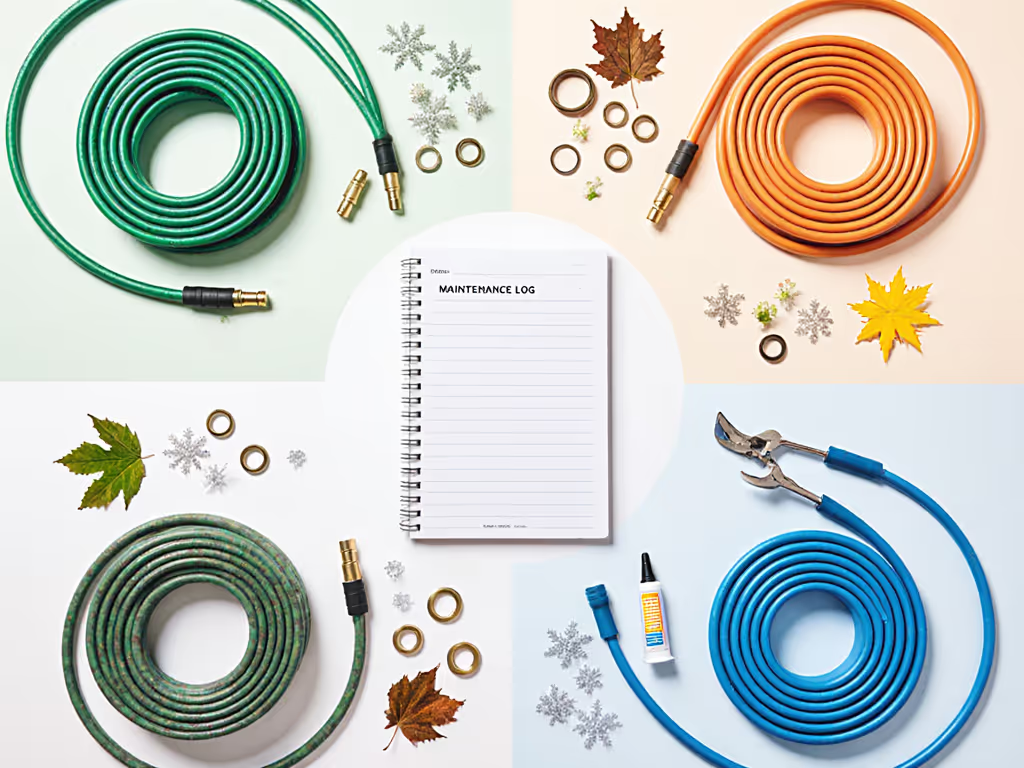
Your Actionable Next Step: Build Your Custom Seasonal Checklist
Tonight, grab your hose and spend just 10 minutes creating your personalized seasonal garden hose care roadmap. Start with a simple piece of paper titled "My Hose System Map" and note:
- Your spigot thread type (measure inner diameter with ruler - 3/4" GHT is standard in US)
- Hose material (rubber, reinforced vinyl, hybrid)
- Critical storage location temperatures (use a $5 thermometer in your shed/garage)
- Three problem spots from last season (kinks, leaks, hard-to-reach connections)
This takes less time than one return trip to the store, and you'll reference it every season. Compatibility prevents returns; clarity saves weekends. Now you're set for reliable watering all year (no more Saturday trips for mismatched fittings).
Remember: the right outdoor hose storage isn't about perfect coils, it's about a system that works first try, every time. Start with the spigot, end with a click-fit finish, and enjoy your garden, not your hose headaches.
Related Articles

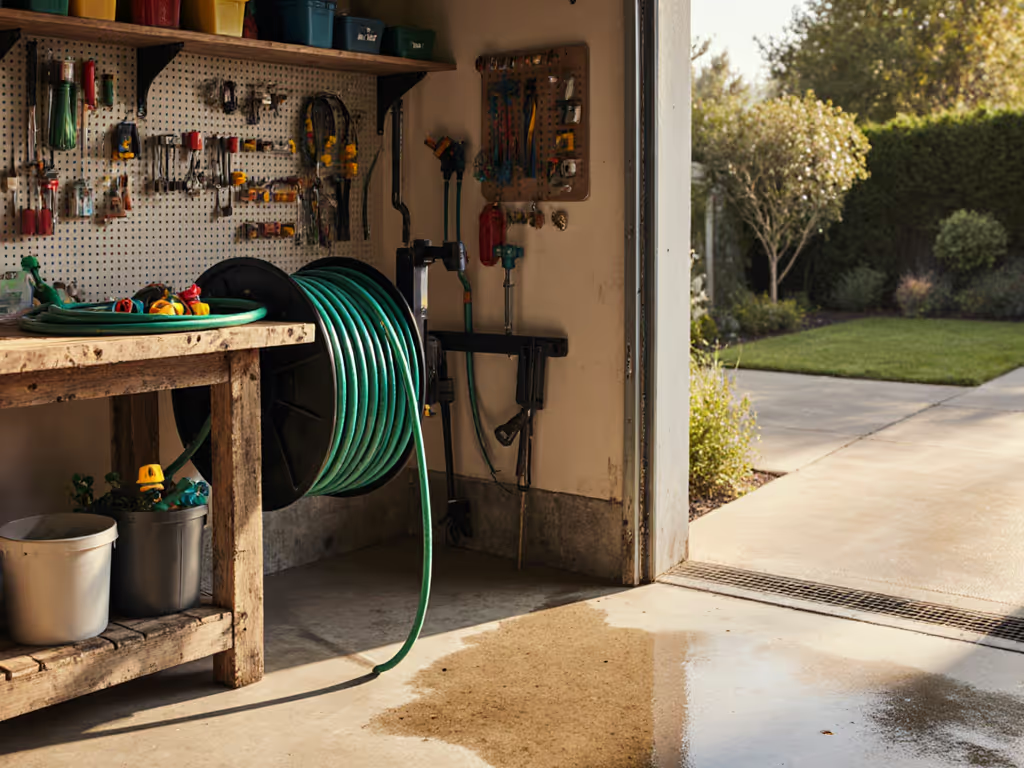
Smart Garden Hose Maintenance: Year-Round Storage Tips
Prevent kinks, leaks, and freeze damage with year-round hose storage strategies - complete draining, kink-free coiling, climate-specific storage, and a 30-second pre-use check. Build a simple connection map and maintenance calendar to keep water flowing and skip last-minute hardware store runs.
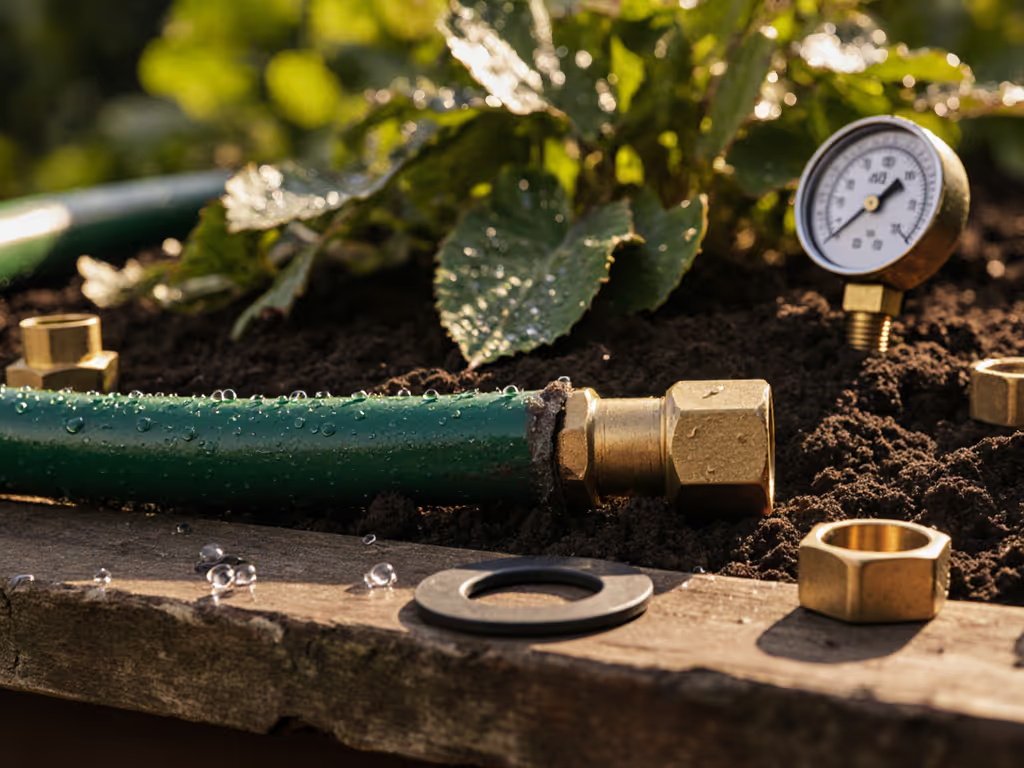
Garden Hose Repair Kit: Pressure-Tested Leak Fixes That Last
Stop patching symptoms and fix hose leaks that last by managing your pressure budget from spigot to nozzle. Diagnose weak links, pick task-specific full‑bore fittings (not universal kits), test washers, and validate with a 72‑hour pressure cycle to restore flow and prevent future failures.
